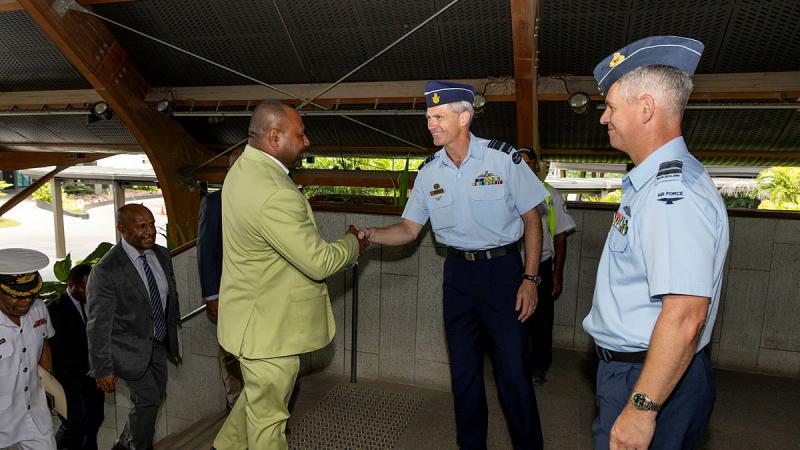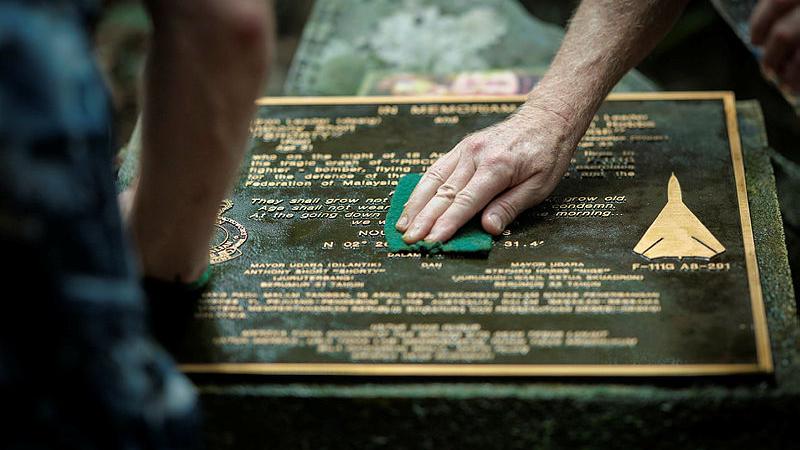Massage & Myotherapy Australia has today released the findings of its 10-year Practitioners’ Survey revealing the significant contribution made by professional massage therapists in Australia’s primary health care network.
CEO, Ann Davey said, ‘Respondents to the 2023 Practitioners’ Survey of members provides an accurate indication of the level of involvement professional massage therapists now have in primary health care.
‘With 20% of massage therapy consultations part of General Practitioner (GP) Health Plans, the study also shows that the involvement of massage therapists in primary health care is often driven by registered health professionals such as GPs and Allied Health Practitioners,’ Mrs Davey said.
As listed in Table 1, the 2023 Practitioners’ Survey indicates referrals from Registered Health Practitioners is a primary source of work for qualified massage therapists. As a percentage of massage consultations, referrals from Allied Health Practitioners accounted for 30%, Private Health Insurance accounted for 15%, and GP Referrals 12%.
The survey also indicates that professional massage therapists are actively involved in injury management and rehabilitation, managing long-term healthcare needs of people with chronic conditions, and the relief of symptoms related to mental health.
As listed in Table 1, the 2023 Practitioners’ Survey indicates that professional massage therapists contribute to treating and managing an expansive range of healthcare needs.
Condition or need | % of members providing treatment |
Sports Injury Management & Rehabilitation | 76% |
Pregnancy Related Care | 49% |
Self-Directed Care | 47% |
Occupational Injuries & Rehabilitation | 39% |
Mental Health Care | 32% |
Motor Vehicle Accident & Rehabilitation | 33% |
Aged Care Services | 28% |
Table 1. Major areas of involvement in healthcare
Mrs Davey said that this level of involvement is also driven by the private sector of health care including insurance products that have responded to market demand, and patient choice who manage and self-fund their care when massage therapy is appropriate for their needs.
‘Importantly, the results of the survey also indicate that professional massage therapists, understand the limits of their training, skills and competencies with 83% actively referring patients to GPs and Allied Health.
Mrs Davey said, ‘The results are not surprising considering the improvements in standards, and level of professional development that have occurred in the massage sector during the past 20 years.
‘The professional standards and requirements for massage therapists are now aligned with the requirements of Registered Health Practitioners. This includes membership accreditation, client record keeping, the introduction of professional codes of conduct, effective complaints reporting and handling procedures which are supported by the National Code of Conduct of Health Workers.’
‘With accurate records, and a wide range of conditions and massage treatments already provided through insurance Funds, the sector now stands ready should the Federal Government chose to include massage therapies in the MyGov Health Records of patients,’ Mrs Davey said.
The survey also shows an experienced massage therapy workforce that is readily accessible across Australia with 55% being in metropolitan areas, 34% in regional areas and 11% in rural Australia.
Half (50%) have more than 10 years massage and myotherapy experience, while a further 20% have been working in the profession for between 6 and 10 years.
Over three quarters (77%) of respondent therapists have a Diploma related to massage and myotherapy, while 17% have an Advanced Diploma or Bachelor’s Degree. Only 5% have the introductory level qualification of Certificate IV.
The Practitioner Survey also provides valuable insights into the ratio of clients treated for a given condition. The conditions are grouped into three main categories.
Around 58% received massage therapy dysfunction and pain, 26% for the symptoms of disease and injury, 16% for emotion and mental health issues.
Most conditions treated with massage and myotherapy require between three and five sessions, with most sessions lasting between 46 and 60 minutes.
Between 52% and 63% of treatments for dysfunction, and pain require three to five treatments, with 15% to 29% requiring between six and 10 sessions. This includes treatments for reduced strength and fitness.
To treat the symptoms of disease and injury, around 60% of respondents require three to five sessions, while about 20% need between six and 10 sessions. The exception to this is for palliative conditions such as cancer, with 11% of practitioners providing more than 10 sessions in this circumstance.
Mrs Davey said, ‘These very positive results come alongside significant change in the professional development and the drive for evidenced based massage therapy.
‘Much has changed in the professionalism of massage therapists. More is also known about the efficacy of massage therapy. This is reflected in the higher levels of acceptance and integration of massage therapists within Australia’s primary healthcare support network,’ Mrs Davey concluded.
About us:








